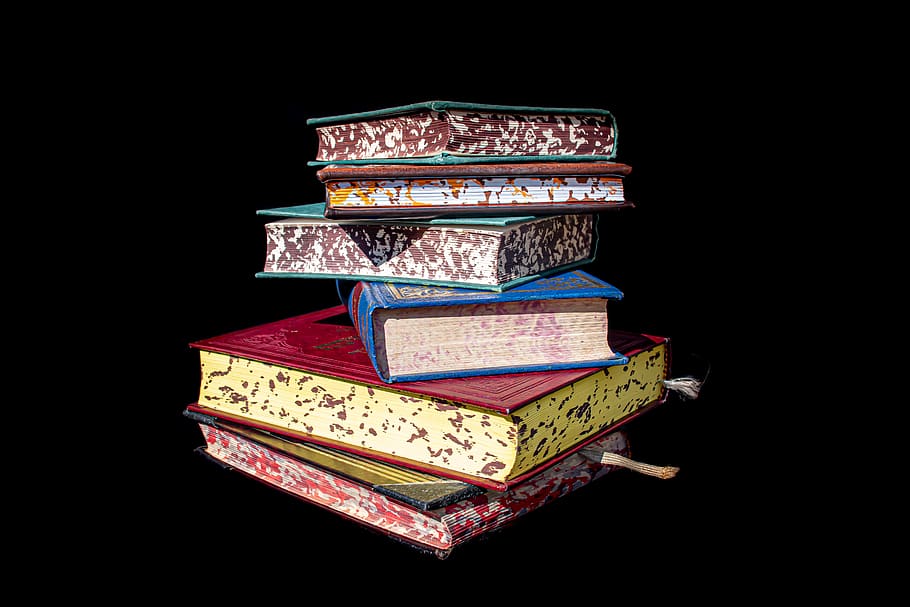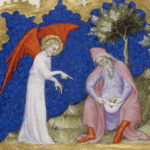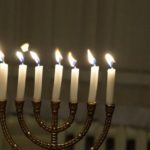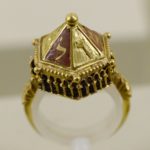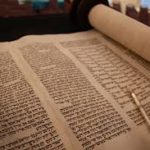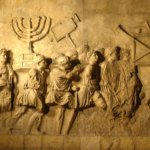ATONEMENT
Beginning at sunset on Tishri 9 and lasting until three stars appear after Tishri 10, Yom Kippur is the holiest day in the Jewish calendar. This day is known as a Day of Atonement and allows man to be forgiven of his many sins that were performed against God. Taken from Leviticus 23:26-28 when God spoke to Moses, verse 27 reads: “Also the tenth day of this seventh month shall be the Day of Atonement. It shall be a holy convocation for you; shall afflict your souls, and offer an offering made by fire to the Lord.” (Verse 28) “And you shall do no work on that same day, for it is the Day of Atonement, to make atonement for you before the Lord your God.”(KJV)
Yom Kippur is a day that is set aside to “afflict the soul,” to atone for the sins of the past year. In the ten days before Yom Kippur, most commonly referred to as the Days of Awe’ God inscribes all of our names into books. On Yom Kippur, the judgment entered in these books is sealed. Therefore Yom Kippur is essentially the last appeal, a last chance to be judged, and the last chance to demonstrate repentance and make amends.
The Days of Awe
The Days of Awe is set aside for the repentance of sins that were done to each other. In order to atone for sins against another person, reconciliation is needed to you may right the wrongs that you committed against that person, if possible. This has to take place before Yom Kippur because on this day only sins that were done against God can be forgiven.
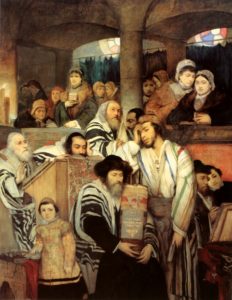
Yom Kippur is known as a complete Sabbath day in that no work can be performed. The day is set aside as being so holy that even eating and drinking are not permitted. It is a complete 25 hours fast which begins before sunset on the evening before Yom Kippur and ends after nightfall on the day of Yom Kippur. In accordance with the Talmud (Oral Torah), there are also additional restrictions that are less well known that must be adhered to. The Talmud says that washing and bathing, anointing one’s body, (cosmetics or jewelry) wearing leather shoes, and engaging in sexual relations are all prohibited on Yom Kippur.
Praying in the synagogue
Followers spend the majority of this holiday in the synagogue (church) in prayer. Services usually begin early in the morning and continue until about three pm. Then people usually go home for an afternoon nap and return around five or six pm.
The beginning of Yom Kippur
To signal the beginning of Yom Kippur there are two-holiday candles which are blessed and then lit. Once the candles are lit all prohibitions go into play. A series of prayers are recited during the ceremony itself starting with the Kol Nidrei which has to be recited before sunset. Other prayers to be said during the day are the Shaharit for the morning, the piyutim for the evening, the Yizkor as a memorial prayer for the dead and finally the Musaf.
Two parts of Musaf
Musaf is the longest service of the year and contains two parts. The first part recounts the temple service and the second part describes the ten Jewish wise men who were tortured and killed by the Romans. After Musaf worshippers take a rest. In the evening the Minhah, which includes the reading of the Book of Jonah takes place. Minhah is the briefest custom of Yom Kippur. Minhah is followed by Neilah which means to be locked.
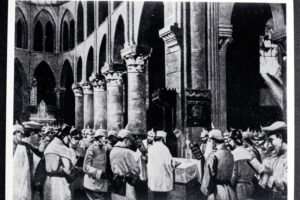
It is customary to wear white on Yom Kippur which symbolizes purity and calls to mind the promise that our sins shall be made as white as snow. As morbid as it may seem some Jews wear a kittel which is a white robe in which the dead are buried.
At the very end of the service the shofar, a ram’s horn is blown. The fast is then broken by a meal that has been prepared in advance.

